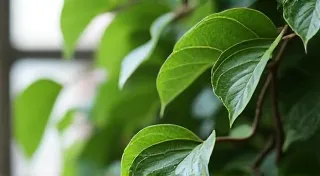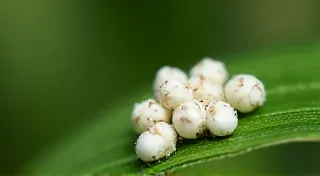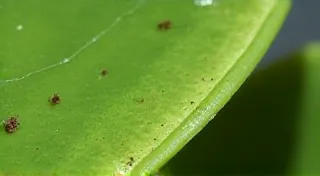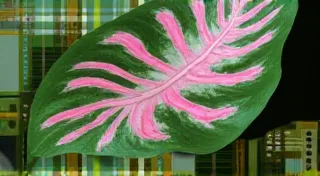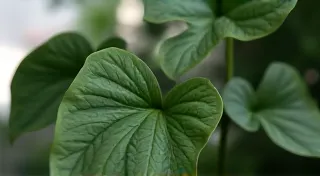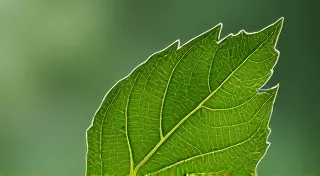Variegation Secrets: Understanding and Encouraging Color in Rare Plants
The allure of rare houseplants often extends beyond their unique foliage shapes and growth habits. For many collectors, the mesmerizing patterns created by variegation – the presence of different colored zones within a leaf – are a major draw. But variegation isn't just a pretty effect; it's a fascinating botanical phenomenon. This article delves into the science of variegation and offers practical tips for understanding and potentially encouraging more stable and beautiful patterns in your rare plant collection.
What is Variegation? The Science Behind the Colors
At its core, variegation occurs when a plant’s cells lack the ability to produce chlorophyll, the pigment responsible for photosynthesis. This typically stems from a genetic mutation. In healthy plants, chloroplasts (the structures within cells that contain chlorophyll) are distributed evenly. In variegated plants, however, a portion of the tissue lacks functioning chloroplasts, leading to the appearance of white, yellow, or other colors instead of green.

Types of Variegation: A Detailed Look
Not all variegation is created equal. Here's a breakdown of the main types:
- Chimera: This is the most stable and sought-after form of variegation. In a chimera, the variegated cells are present from the very beginning of the plant's development. The mutation affects the entire plant and is generally inherited by offspring through vegetative propagation (cuttings, division).
- Sectorial Variegation: This type shows distinct, wedge-shaped patches of color. It’s often a less stable form as the variegated tissue can sometimes revert to solid green.
- Mottled Variegation: Mottled variegation creates a speckled or marbled effect, with small, irregular patches of color scattered throughout the leaf. Like sectorial variegation, it can be less stable.
- Edge Variegation: A very common form, this presents with a colored border along the leaf margins.
Understanding Stability and Reversion
A key concern for rare plant enthusiasts is the stability of variegation. "Reversion" is the process where the variegated tissue reverts to green. This happens when a cell lacking chloroplasts produces a new cell that does contain them. Several factors influence reversion rates:
- Light Exposure: While variegated plants still need light for photosynthesis, excessive light can trigger reversion. Too much sunlight can stress the plant and encourage the green tissue to take over. Managing light levels is crucial, and understanding the needs of plants like the Black Velvet Alocasia, which can be quite demanding, can provide valuable insight.
- Temperature & Humidity: Extreme temperature fluctuations and low humidity can stress plants and increase the likelihood of reversion. Maintaining a stable environment is key.
- Genetic Factors: The genetic makeup of the plant plays a significant role. Some cultivars are inherently more stable than others.
Tips for Encouraging Stable Variegation
While you can't completely control a plant's genetics, you can optimize its environment to promote stable variegation:
- Provide Moderate, Indirect Light: Avoid direct sunlight, especially during the hottest parts of the day. Filtered light is ideal.
- Maintain Consistent Temperatures & Humidity: Avoid sudden temperature changes and provide adequate humidity. Consider using a humidifier or grouping plants together to create a more humid microclimate.
- Fertilize Judiciously: Avoid over-fertilizing, especially with nitrogen-rich fertilizers, which can encourage green growth and potentially lead to reversion.
- Propagate from Stable Tissue: When propagating, take cuttings from areas with the most pronounced variegation. This increases the likelihood of maintaining the variegation pattern.
- Observe & Adjust: Carefully observe your plants for signs of reversion. Adjust your care practices accordingly.
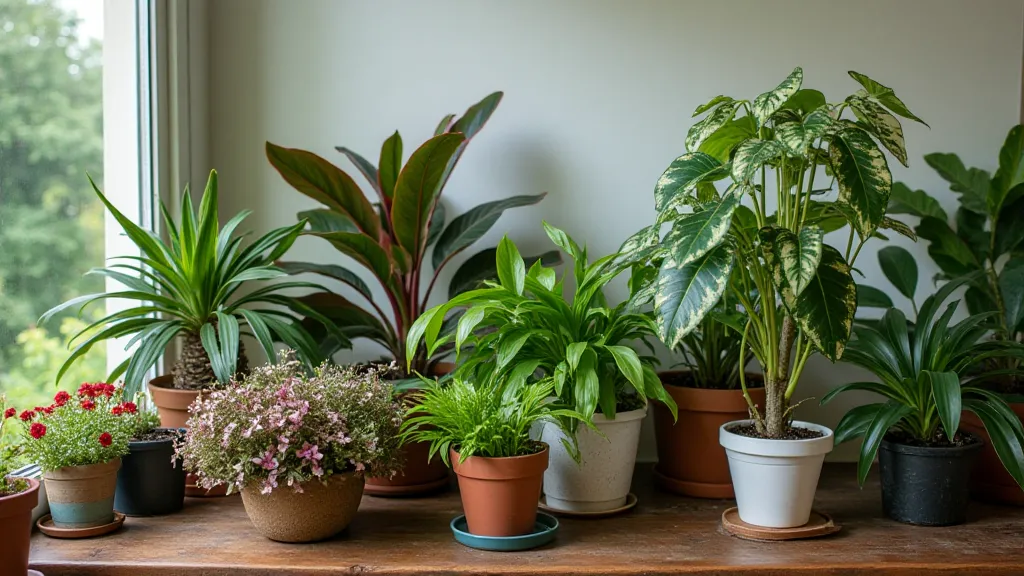
Variegation and Propagation
Understanding variegation is especially important for propagation. Variegated plants are often propagated vegetatively – through stem cuttings, leaf cuttings, or division – to preserve the unique color patterns. The careful propagation techniques required for plants like the String of Turtles (Peperomia prostrata) highlights the dedication needed to maintain their intricate beauty. When taking cuttings, aim for a cutting that has a good balance of both green and variegated tissue to ensure the new plant retains the desired variegation. Propagation from seed is possible, but extremely unlikely to produce variegated offspring unless the parent plant was itself a stable chimera. The process of propagation can be quite involved, and careful attention to detail significantly impacts the success rate and preservation of variegation.
Common Challenges and Troubleshooting
Even with the best care, reversion can still occur. It's important to understand what's happening and how to respond. A sudden surge in green growth doesn't always mean the variegation is lost forever; sometimes, it's simply a sign of the plant responding to environmental stress. However, persistent reversion is a cause for concern.
Addressing Pests and Diseases: Like any plant, variegated varieties are susceptible to pests like spider mites. Regular inspection and prompt action are essential. Early detection and treatment, as described in our guide on Spider Mite Prevention and Elimination, can prevent infestations from weakening the plant and accelerating reversion.
Acclimation and Environmental Changes: Moving a variegated plant to a new location, even within your home, can cause stress and trigger reversion. Give the plant time to adjust to its new environment and avoid drastic changes in light, temperature, or humidity.
The Allure of the Unique
Variegation is more than just a visual phenomenon; it's a testament to the incredible diversity and complexity of the plant kingdom. It’s a sought-after trait that adds a touch of elegance and rarity to any collection. The meticulous care and propagation required for plants like the Rhaphidophora Tetrasperma 'Jade' demonstrate the dedication needed to maintain their unique features, mirroring the challenges faced in preserving variegation. The care of these plants, often requiring a delicate balance of conditions, can be rewarding, especially when considering the unique beauty they bring to any plant collection.
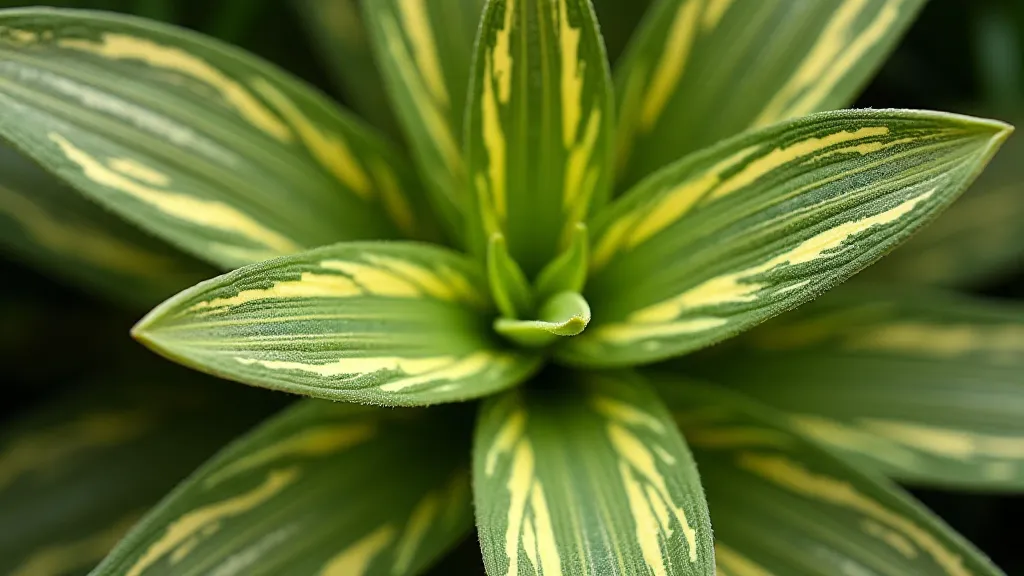
Further Exploration and Resources
Cultivating variegated plants is a journey of learning and observation. The more you understand the science behind variegation, the better equipped you'll be to provide the care they need to thrive. Always remember that every plant is unique, and what works for one may not work for another. Continual experimentation and a keen eye for detail are the keys to success in the world of rare, variegated houseplants.
Disclaimer: The information provided in this article is for general guidance only. Always consult with a qualified horticulturalist or plant care specialist for specific advice tailored to your plants' needs.
